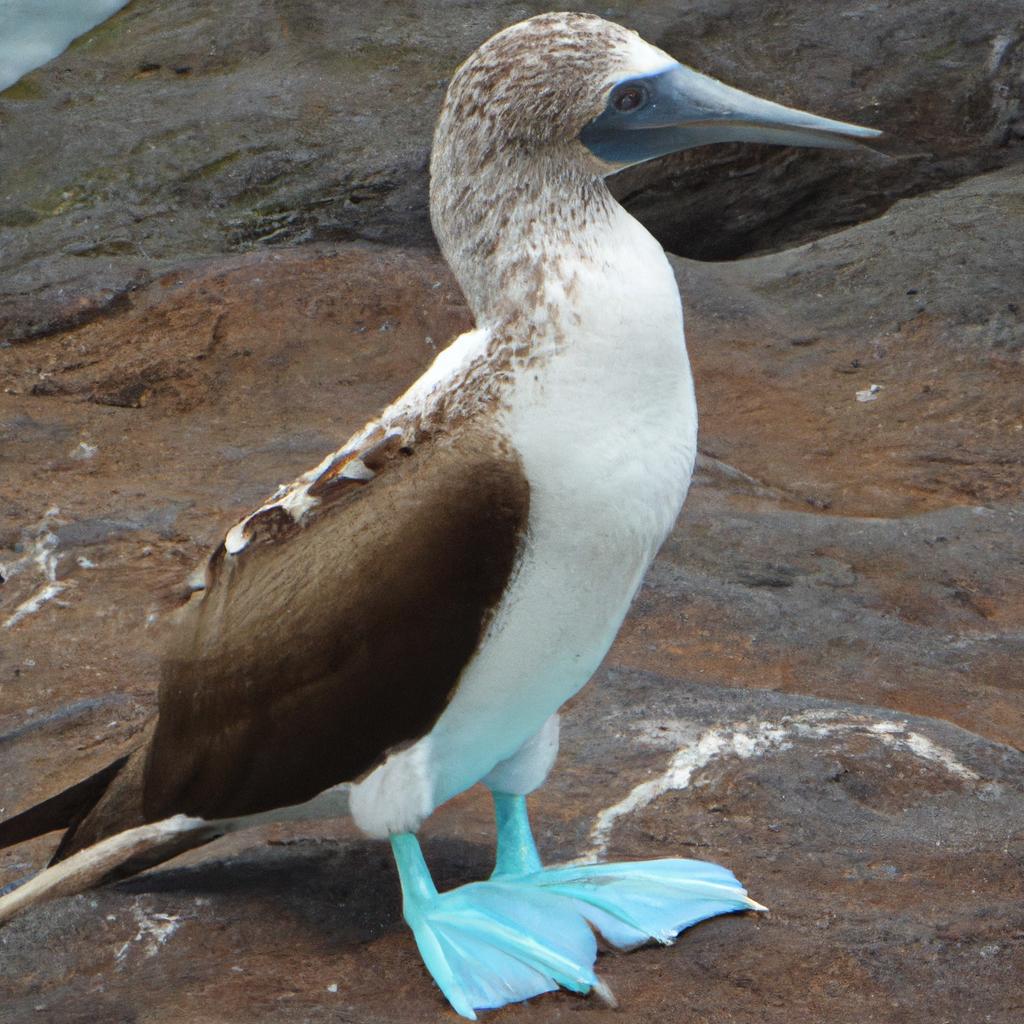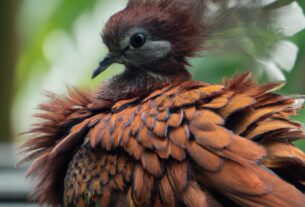The Galapagos Islands are renowned for their extraordinary wildlife, boasting an array of unique and captivating creatures. Among these, the blue-footed booby has garnered the attention of bird lovers and wildlife enthusiasts for centuries. With its striking blue feet, this seabird has become an iconic symbol of the Galapagos Islands, making it a must-see for anyone setting foot on this mesmerizing archipelago.
Habitat and Distribution of the Blue-Footed Booby
The blue-footed booby is a marine bird that primarily breeds on the Galapagos Islands, situated off the coast of Ecuador. These birds inhabit breeding colonies located on rocky coastal areas, cliffs, and small islets, where they nest on the ground or in low bushes. Known for their territorial nature, blue-footed boobies fiercely defend their nesting sites.
Incredibly adaptable, these birds thrive in diverse marine environments such as open oceans, rocky shores, and sandy beaches. They can be found in the eastern Pacific, ranging from the Gulf of California to Peru, and can even be spotted on other islands like Islas Malpelo in Colombia and Isla de la Plata in Ecuador.
While the blue-footed booby embarks on migratory journeys in search of food, in the Galapagos Islands, it is a year-round resident. These islands boast the largest population of blue-footed boobies, housing approximately half of their global community.
Physical Characteristics of the Blue-Footed Booby
The blue-footed booby is a medium-sized bird with a length ranging between 30 to 32 inches and a weight of up to 1.5 kg. Its appearance is marked by vivid blue webbed feet, a pale blue beak, and brownish-gray plumage. A ring of bright blue skin surrounds its eyes, intensifying in color during the breeding season.
Males and females bear a striking resemblance, with males being slightly larger. Juvenile blue-footed boobies don brownish-gray plumage and sport a pale pink beak, which gradually transitions to blue as they mature. A distinctive courtship display involves the male raising and presenting its bright blue feet to attract the female. The bluer and brighter the feet, the more appealing the male appears to its potential mate.
Breeding and Mating Behavior of the Blue-Footed Booby
Breeding season for blue-footed boobies typically spans from May to August. During this time, males engage in their renowned courtship display, lifting and presenting their blue feet to woo females. Once a pair is formed, they partake in a synchronized dance, pointing their beaks skyward and emitting loud honking sounds to communicate with each other.
After mating, the female lays two to three eggs in a shallow scrape on the ground or in a low bush. Both parents take turns incubating the eggs, with each parent assuming several days of responsibility. Upon hatching, the parents continue to alternate care for the chicks, nourishing them with regurgitated fish and squid.
Blue-footed boobies exhibit monogamous behavior, remaining with their chosen partner for life. However, if one partner perishes or is incapable of breeding, the surviving bird may seek a new mate.
Feeding Habit of the Blue-Footed Booby
As carnivorous creatures, blue-footed boobies primarily feed on fish, squid, and other marine organisms. Masterful divers, they plunge into the water from heights reaching up to 80 feet, employing their wings to swim beneath the surface and catch their prey. These birds are also known to trail fishing boats, hoping for discarded fish and morsels.
Remarkably, blue-footed boobies possess an adaptation that allows them to conserve energy during hunts. They can reduce their body temperature and slow down their metabolism, enabling prolonged periods of rest without the need for nourishment. This trait is particularly advantageous during El Niño events when food becomes scarce, sometimes leading to days of fasting.
Despite their impressive hunting skills, blue-footed boobies are susceptible to overfishing and other human activities that disrupt their food supply. The perils of climate change and ocean pollution further threaten their survival, necessitating diligent conservation efforts to safeguard this cherished bird species.
In conclusion, the blue-footed booby captivates with its distinct characteristics and behaviors. An enduring resident of the Galapagos Islands, it stands as a remarkable testament to the archipelago’s biodiversity. At TooLacks, we value and promote the conservation of not only the blue-footed booby but also all the incredible creatures that inhabit the Galapagos Islands. Join us in raising awareness and supporting conservation efforts to protect these magnificent birds and their unique habitat.
References
- TooLacks
- Original imagery provided in the article.



